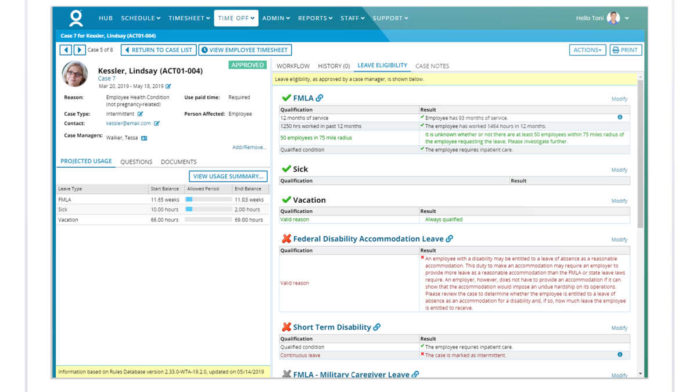
WorkForce Software, which provides enterprise-level workforce management solutions, launched a version of its Workforce Suite that integrates a range of experience capabilities designed for deskless employees.
Taken together, the package is designed to facilitate in-the-moment interactions between managers and workers. Among the capabilities delivered in the release are two-way communications and real-time workforce data that managers can use to engage staff, capture feedback and act on employee sentiment.
WorkForce Software launched a version of its product suite that integrates a range of experience capabilities designed for deskless employees. @WorkForceSW #HR #HRTech Share on XWorkForce Software CEO Mike Morini said employers are focusing on improving the employee experience and those efforts “are being prioritized even more highly than before the pandemic.” The dynamics of today’s workforce—including a tightening labor market, lower barriers to job change and an increasingly diverse and digitally native labor pool—is forcing “employers to re-imagine their workforce management technology and include solutions aimed at improving the employee experience.”
Experience-Oriented Management
The new WorkForce Suite includes modules for:
- Experience: Provides communication and collaboration channels, access to information, in-the-moment feedback, micro-training, self-service tools and automation.
- Labor Forecasting: Uses machine learning to improve forecast models by evaluating new and historical data to help predict labor needs and demand levels.
- Scheduling: Offers a collaborative approach to scheduling with an eye on the needs of the business as well as internal and external policies are met.
- Insights: Assists managers and executives in decision-making using key performance indicators, executive dashboards, data visualizations and real-time information.
Earlier this year, WorkForce Software published a study revealing a significant disparity between how employers and workers perceived the quality of the employee experience and the technological support provided to meet workplace needs. While employers felt they had provided adequate job training, employee recognition, and scheduling flexibility, for example, many employees found the efforts inadequate.
“Companies can no longer afford to consider solutions primarily aimed at the office worker and must include solutions that work for the entire workforce, especially those who don’t perform their work from behind a desk,” said Morini.
Image: WorkForce Software













